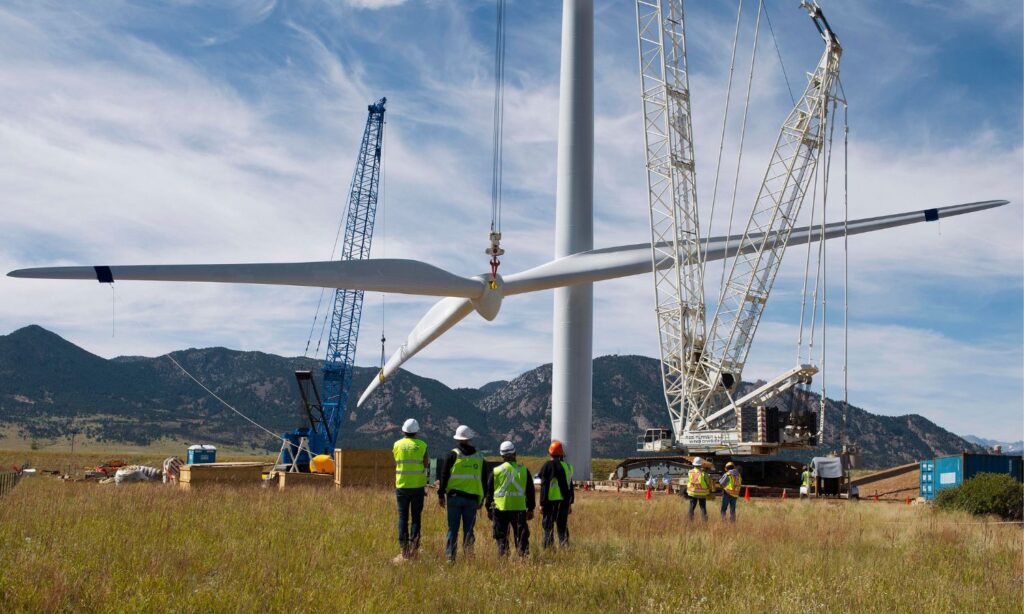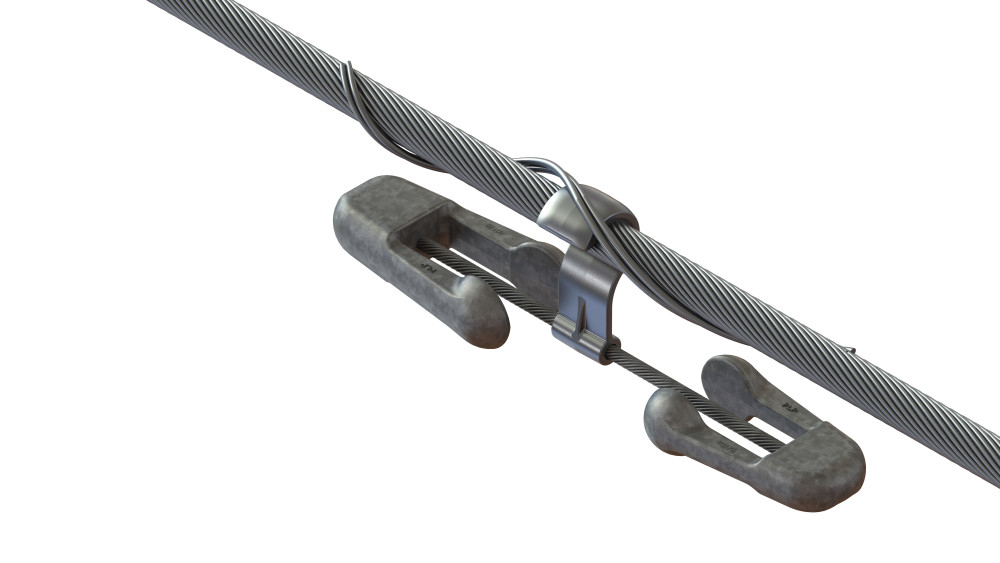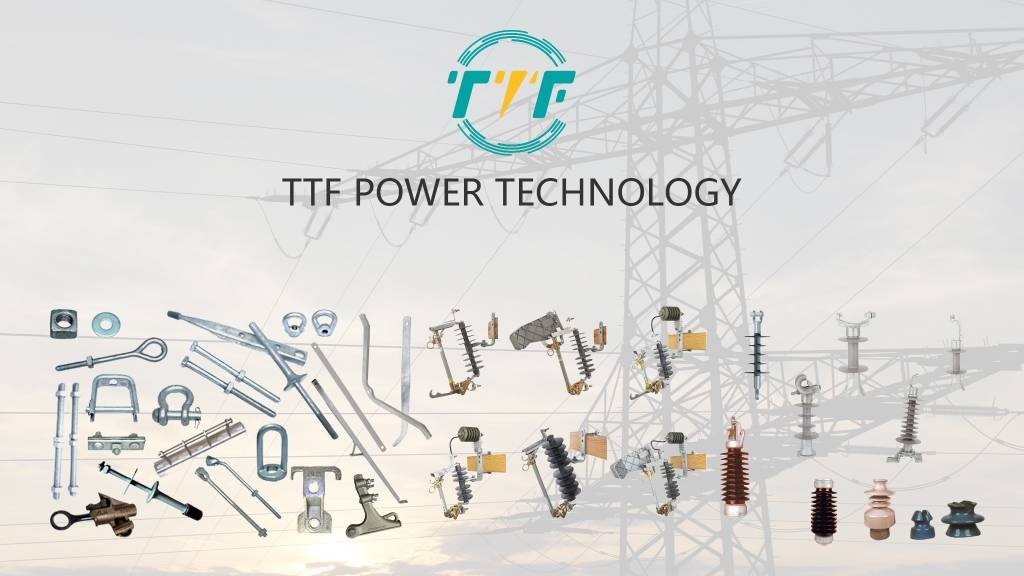
Colombia’s bold initiatives for wind energy growth in the La Guajira region are confronting significant obstacles as major corporations withdraw and projects come to a standstill. This encompasses 1.1 GW granted in a 2019 auction, and just two wind farms are currently operational, amounting to 32 MW. The planning unit for mining and wind energy estimates that the nation could produce as much as 18 GW of wind energy. Main restrictions consist of inadequate grid connection infrastructure in La Guajira. The Wayuu community has expressed fierce resistance to wind initiatives that endanger sacred areas and interfere with traditional fishing practices. Colombia’s wind energy is important and should strive to overcome obstacles and achieve its clean energy goals. It should put in place a multi-faceted approach based on community involvement, policy changes, and infrastructure improvement. Stockbridge dampers protect conductors from fatigue and guarantee the long-term dependability of overhead transmission lines.
High-speed winds cause high-frequency vibrations and low-frequency galloping in power lines. Stockbridge dampers dissipate the energy and prevent conductor damage over time. Repetitive vibrations can lead to strand breakage and loosening of splices and clamps. Dampers reduce wear and tear and reduce replacement costs. Stockbridge dampers tune to specific frequencies to match these conductors. Stockbridge dampers ensure the durability and efficiency of Colombia’s wind power transmission infrastructure to help prevent costly failures. This article will explore ways in which Colombia can expand its energy sector through the use of Stockbridge dampers.
Expanding wind energy capacity through Stockbridge dampers
Stockbridge dampers are mechanical devices installed on overhead power lines. They consist of a short length of cable with weights on either end to the conductor. They absorb and dissipate aeolian vibrations caused by wind blowing over cables. If remained unchecked, these vibrations can lead to metal fatigue, conductor damage, and eventual failure. They are crucial for protecting the physical integrity of wind energy infrastructure. Stockbridge dampers prevent catastrophic line failures and increase the ROI of wind energy projects by reducing downtime and repair costs. Here are the roles and importance of Stockbridge dampers in wind energy projects.

- Protecting transmission lines – Colombia’s wind energy needs long, high-voltage transmission lines stretching across windy plains. Stockbridge dampers dissipate wind-induced cable vibrations to prevent mechanical stress. They ensure structural stability in remote, wind-prone environments.
- Interconnecting between wind farms and the grid – Stockbridge dampers stabilize overhead conductors between turbines and substations. They also support reliable integration of wind-generated electricity into the national grid.
- Improving grid reliability – Stockbridge dampers are from corrosion-resistant materials, withstand extreme weather, and reduce maintenance needs.
- Supporting wind energy in remote areas – many wind farms need careful coordination with local communities. Stockbridge dampers reduce the need for frequent repairs, ensure continuous energy flow, and help maintain community trust. They are from galvanized steel or aluminum to resist salt spray and UV resistance in Colombia’s diverse regions.
- Extending conductor lifespan – the dampers reduce wear and tear which helps lower replacement costs.
- Compatibility with high-capacity conductors – new projects use high-capacity conductors. Stockbridge dampers are well tuned to meet specific frequencies to match these conductors.
Possible actions and approaches to enhance wind energy generation in Colombia.
Colombia possesses vast potential to increase wind energy, as its wind speeds rank among the highest in South America. Reaching these goals necessitates aligned actions and approaches to address existing social, regulatory, and infrastructure obstacles. Success will rely on institutional reforms, inclusive planning, durable infrastructure, and a long-term vision. Here are the main strategies Colombia can put in place to enhance its wind energy capacity.

- Revise regulatory and permitting frameworks – developers encounter prolonged delays because of ambiguous and conflicting regulations. Strategies involve establishing a centralized permitting body, imposing deadlines for permit evaluations, and utilizing online platforms.
- Enhance transmission infrastructure – this involves boosting grid capacity to transport electricity from distant wind farms to city areas. These approaches consist of accelerating essential projects, collaborations between public and private sectors, and implementing advanced ride technologies.
- Revise renewable energy auctions – Colombia can enhance auction structure, integrate generation with transmission rights, and put in place location-based incentives.
- Incorporate wind energy into wider climate and development objectives – the sustainability of wind energy needs to be consistent with Colombia’s social, environmental, and economic aims. Essential approaches incorporating wind energy into national development strategies, ensure environmental sustainability, encourage inter-sector collaboration.